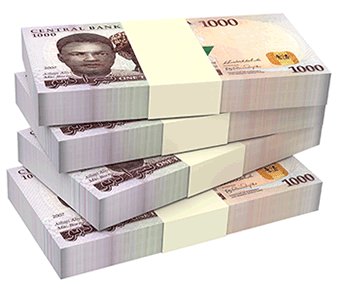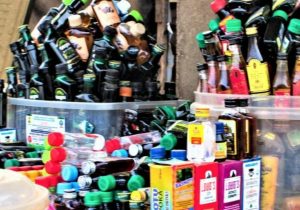
Stories by Nathaniel Gumniba
For years, the Nigerian foreign exchange market was a source of constant anxiety, characterized by a depreciating naira, a wide gap between official and parallel market rates, and a persistent scarcity of foreign currency. However, in recent months, a new narrative has begun to emerge. The Naira, once seen as a currency in freefall, has shown a remarkable degree of resilience and stability. This newfound strength is not a matter of luck, but a direct result of a multi-pronged and decisive strategy by the Central Bank of Nigeria (CBN).
The CBN’s approach under Governor Yemi Cardoso has been a deliberate shift from previous policies, focusing on market-based solutions and a unified exchange rate. The cornerstone of this strategy has been to improve liquidity and restore confidence in the official foreign exchange market, now known as the Nigerian Foreign Exchange Market (NFEM). This is a stark departure from the era of a fragmented market with multiple windows, which created opportunities for arbitrage and discouraged foreign investment.
One of the most significant factors driving the Naira’s stability has been the dramatic improvement in capital flows. The CBN’s monetary tightening policy, which has seen the Monetary Policy Rate (MPR) held at a high level, has made Nigerian fixed-income assets more attractive to foreign portfolio investors. This has resulted in a surge of foreign capital inflows, providing a much-needed injection of dollars into the economy. The CBN has also been proactive in clearing a substantial backlog of foreign exchange orders, a move that has restored faith in the market’s ability to meet legitimate demand.
Moreover, the resilience of the Naira is being underpinned by a positive turn in Nigeria’s oil production. After years of struggling with security issues and theft, crude oil output has shown a consistent upward trend. This is a critical development, as oil exports remain the primary source of foreign exchange for the country. The increase in production, coupled with a favorable global oil price environment, means more dollars are flowing into the national coffers. This increased supply of foreign currency gives the CBN more firepower to manage the market and prevents the Naira from depreciating sharply. The operationalization of local refineries, such as the Dangote and Port Harcourt facilities, is also a game-changer. By reducing the country’s reliance on imported refined petroleum products, Nigeria is projected to significantly cut its demand for foreign currency, further easing pressure on the Naira.
Experts and analysts are cautiously optimistic about this new era of stability. While acknowledging the high interest rates and other challenges, they point to the CBN’s commitment to market transparency and its willingness to intervene when necessary as key reasons for the positive outlook. The introduction of the Nigerian Foreign Exchange (FX) Code and other measures to curb speculative activities have created a more predictable and ethical trading environment.
However, the fight for a truly stable Naira is far from over. The CBN’s interventions, while effective, are not a long-term solution. The real test of the Naira’s resilience will be its ability to withstand shocks without continuous injections of dollars from the central bank. For this to happen, Nigeria must continue to diversify its foreign exchange earnings, boost non-oil exports, and address the underlying structural issues that have historically plagued the economy.
The CBN’s FX stabilization strategy is a promising start. By focusing on market fundamentals, improving liquidity, and benefiting from a resurgence in oil production, the central bank has managed to steer the Naira toward a path of relative stability. This new-found resilience is not just an economic statistic; it is a vital step toward rebuilding confidence in the Nigerian economy and creating a more predictable and prosperous future for businesses and citizens alike.


